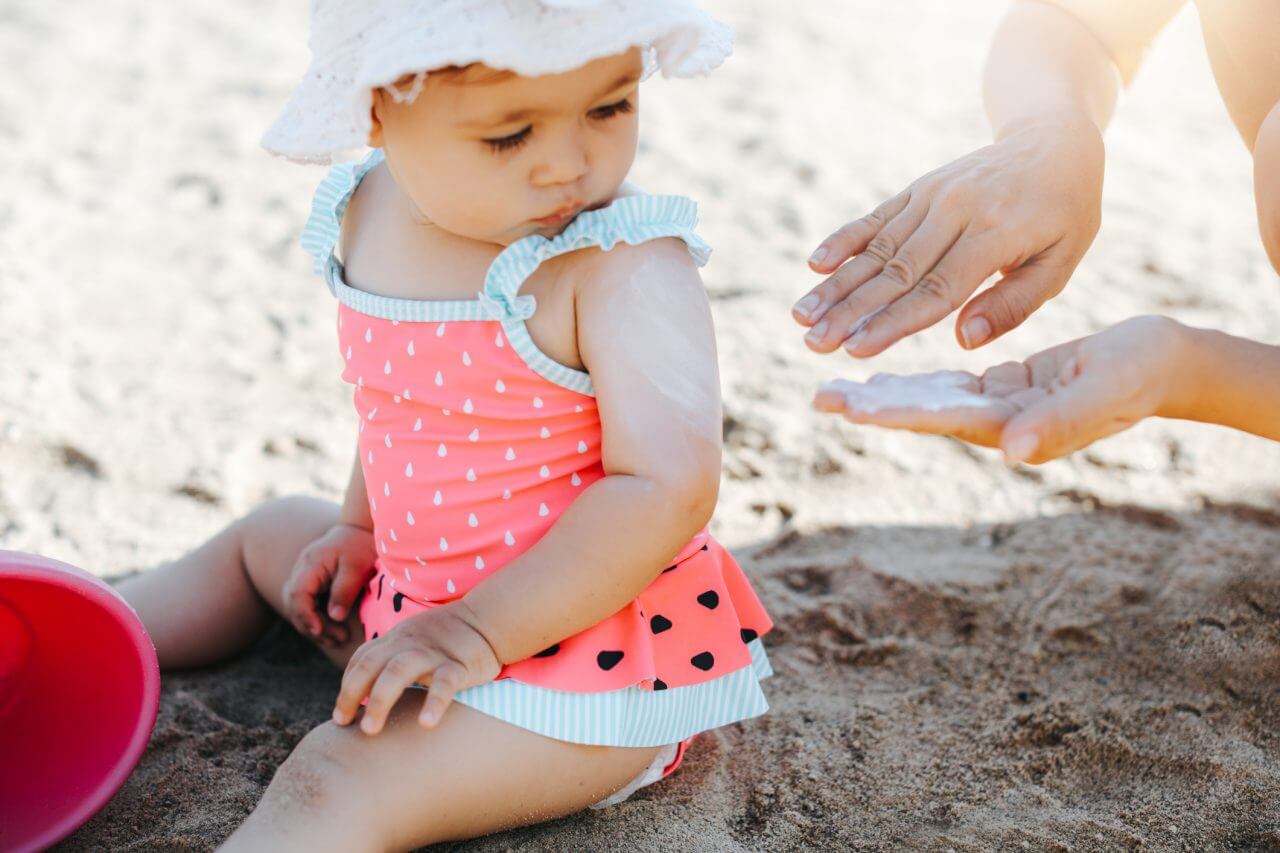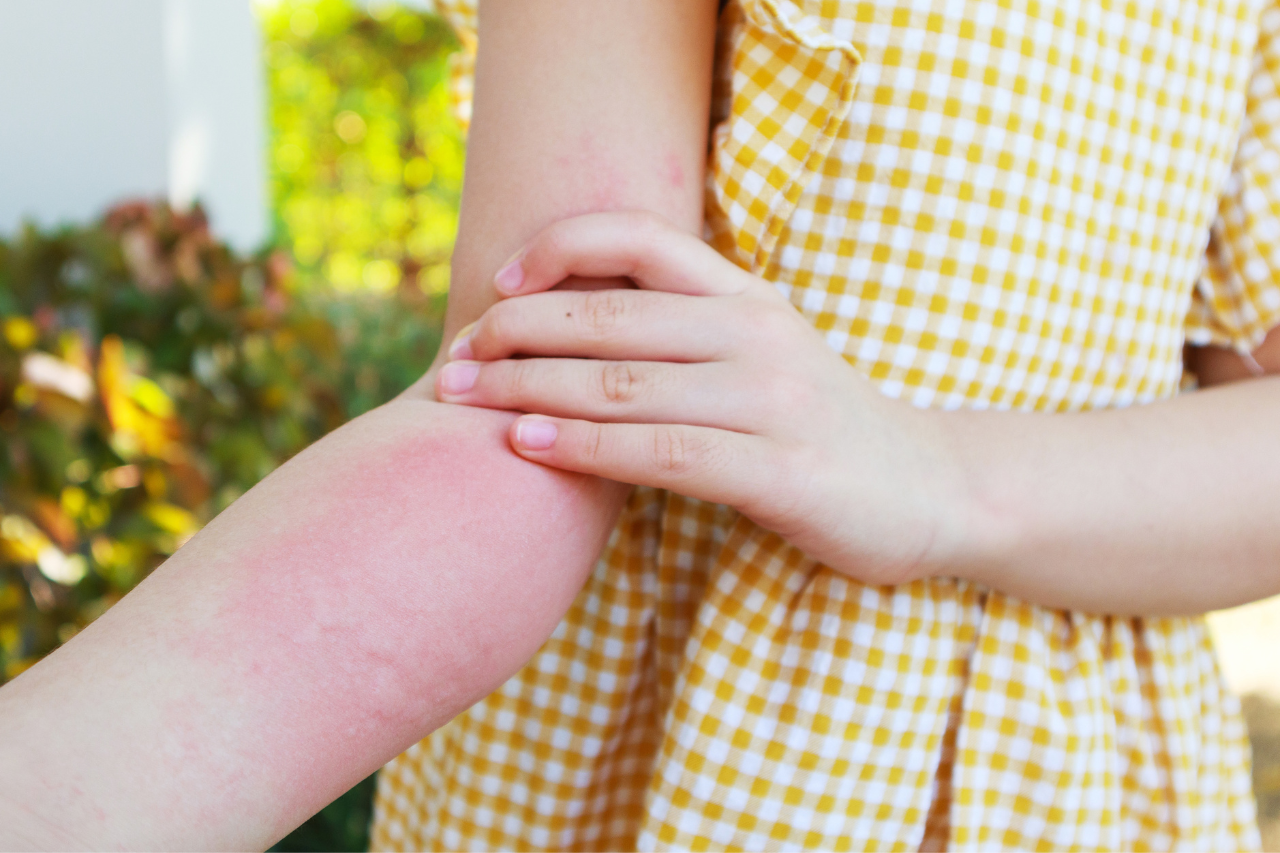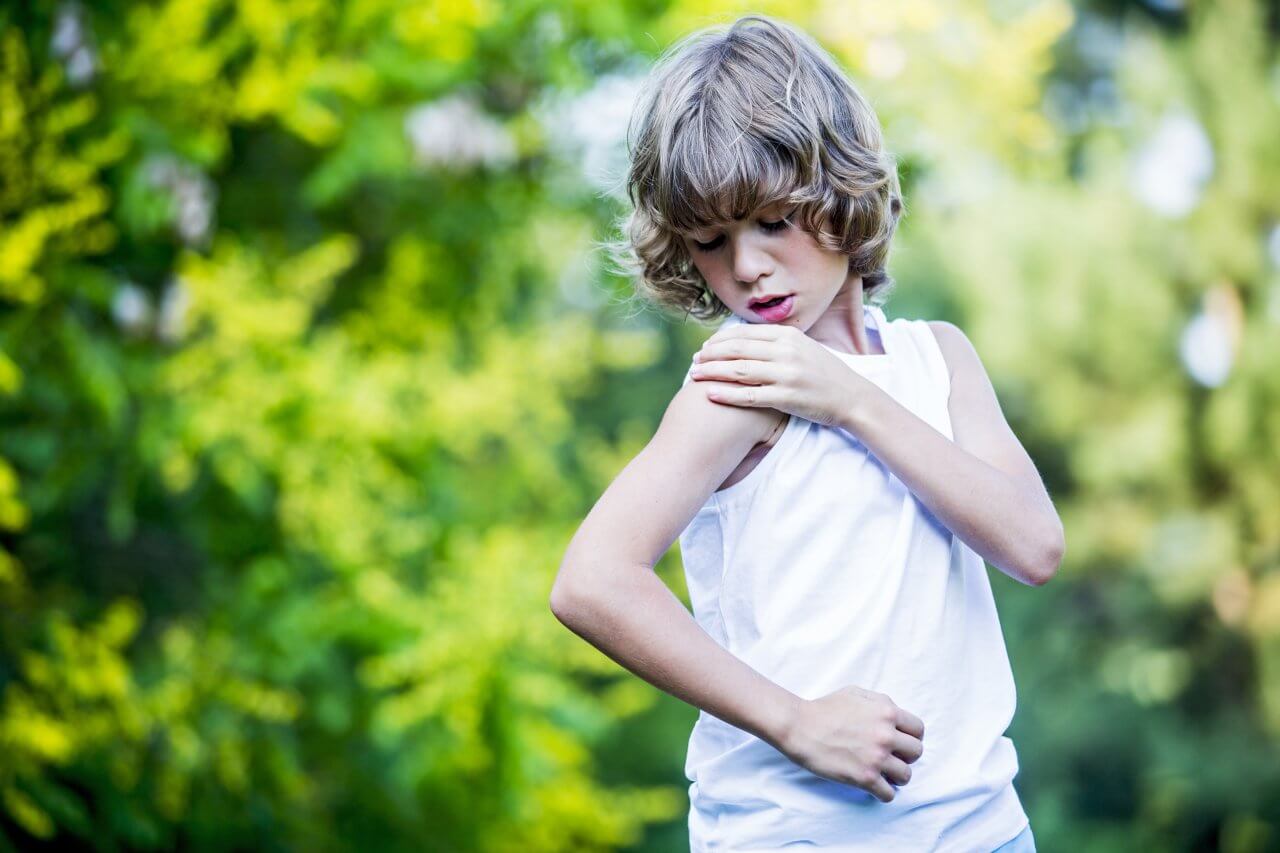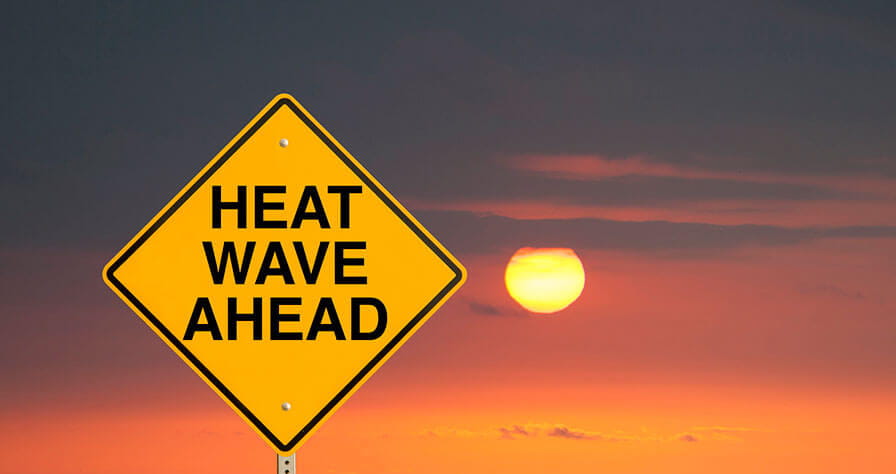What is Heat Rash and How is it Treated?

Heat rash is a condition in which blocked pores result in perspiration being trapped under the skin. Also known as miliaria and prickly heat, it is more commonly seen in young children but can affect people of any age.
Heat rash can produce anything from small surface blisters to red lumps that originate below the skin’s surface. It may feel painful or itchy. In infants, heat rash tends to occur on the shoulders, chest or neck. It may also be found in the groin, elbow creases and armpits. In adults, heat rash is generally found in areas where clothing rubs against the skin and in skin folds.
Types of Heat Rash
There are four types of heat rash.
- Miliaria crystallina. This is the mildest form of the condition, as it affects sweat ducts in the outermost layer of the skin. It produces blisters that are filled with a clear fluid and that break easily.
- Miliaria rubra. Occurring deeper in the skin, this type of heat rash produces red bumps and a prickling or itching sensation.
- Miliaria pustulosa. This form of heat rash occurs when fluid-filled sacs become pus-filled and inflamed.
- Miliaria profunda. Originating in a deeper layer of the skin called the dermis, this condition is caused by trapped sweat leaking into the skin. It produces firm, flesh-colored bumps that look like goosebumps.
How to Prevent Heat Rash
The most effective way to prevent heat rash is to keep the skin relatively cool and avoid prolonged heavy sweating. You can do this by:
- Wearing lightweight, loose-fitting cotton clothing in the summer
- Avoiding clothes that bind and cause friction on the skin
- Staying out of the sun at the hottest times of day
- Spending more time in an air-conditioned room or with a fan circulating the air
- Sleeping in a cool, well-ventilated place
How to Treat Heat Rash
Heat rash is generally not serious and resolves on its own in a few days. However, you can speed recovery by cooling the skin. This can be done by getting out of the sun, sitting near a fan, taking a cool shower or bath or applying ice packs. You can also apply lotions such as calamine or lanolin to relieve itching.
When to See a Doctor About Your Heat Rash
In some cases, heat rash does not resolve on its own and complications can occur. Seek medical attention if you notice signs of infection such as:
- Fever or chills
- Increasing redness, swelling or pain in the affected area
- Swollen lymph nodes in the neck, armpits or groin
- Pus draining from the lesions
Learn More and Get Care at Baptist Health
Baptist Health providers are available whenever you need care, 24 hours a day, 7 days a week with Baptist Health Virtual Care, or find a provider near you.



